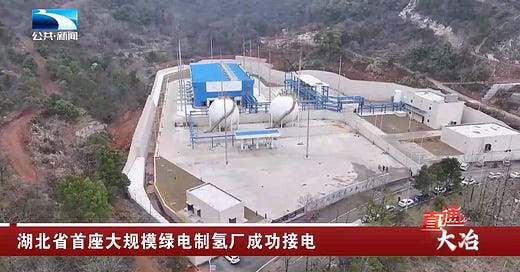Is “PEM+ALK” a perfect solution for green hydrogen production, we can find answer in these three projects in China
There are a variety of advantages of PEM electrolysis, such as high current density, greater energy efficiency, low gas permeability, wider operating temperatures, easy handling and maintenance, and most important, the specialty of adaptive to renewable energy volatility. However, the popular electrocatalysts for PEM electrolysis are precious metals (Pt, Ir, Ru), the exorbitant cost of these precious metal makes PEM electrolysis a relatively higher investment than alkaline electrolysis.
Alkaline electrolysis (ALK) is a mature process, which needs lowest investment and operation costs among all electrolysis technologies. However, it has an lower energy efficiency than PEM technology. Moreover, the pressure between the anode and cathode sides needs to keep balanced, avoiding the hydrogen or oxygen generated by the electrolysis penetrating the diaphragm to the other side and resulting in the explosion risk. As such, this characteristic makes ALK electrolysis system difficult to direct adapt to fluctuate renewable power resources.
Is there any compromise solution, which could promptly respond to renewable power supply, like PEM technology, while still has low investment burden as ALK technology? Yes. Chinese developers are testing a “PEM+ALK” solution in multiple commercial scale green hydrogen production projects, which is expected to be a solution benefit both advantages of these two technologies.
As of May 2025, one project has commissioned, and one project is due to commissioning this month. We can find the answer in these two projects.



